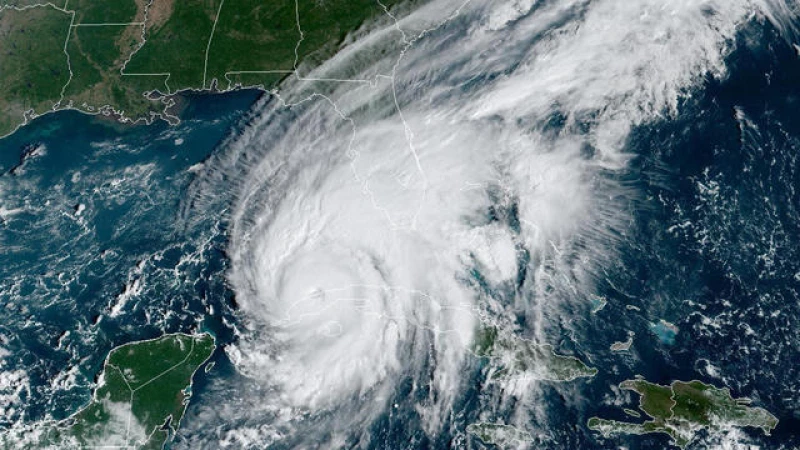Get ready to batten down the hatches. Analysts are forecasting an "exceptionally active" 2024 Atlantic hurricane season.
"We are expecting a significantly higher than average likelihood of major hurricanes hitting the continental United States coast and the Caribbean," experts from the Colorado State University Tropical Meteorology Project shared in a detailed 44-page analysis published recently.
The upcoming 2024 season is projected to surpass the 1991-2020 average, with a forecast of 23 named storms and 115 named storm days. In comparison, previous years saw an average of 14.4 storm days and 69.4 named storm days.
The Atlantic hurricane season typically commences on June 1 and concludes on November 30, with peak activity falling between mid-August and mid-October. Historically, hurricane intensity reaches its zenith in mid-September, as per the National Oceanic and Atmospheric Administration.
Elevated ocean surface temperatures coupled with a warm tropical Atlantic region — both exacerbated by the presence of La Niña conditions — are fueling expectations for a highly active season. La Niña conditions, expected to emerge this summer, reduce vertical wind shear while creating favorable conditions for hurricane development.
"Experts have projected a significant increase in the likelihood of major hurricane landfall in the U.S. and Caribbean regions, surpassing the long-term average," stated the latest research findings. The probability of major hurricane landfall in certain areas has surged by more than 10%, reaching nearly 20%.
The forecast indicates a 62% probability of a category 3, 4, or 5 hurricane hitting the U.S. coastline, marking a notable rise from the historical average of 43%.
Specifically, the likelihood of a major hurricane hitting the East Coast, including Florida, has risen to 34% from the long-term average of 21% spanning from 1880 to 2020. In the Gulf Coast and Florida Panhandle regions, the increase is even more pronounced, with a predicted probability of 42%, up from the average of 27% in previous years.
The seasonal predictions are formulated using statistical and dynamical models, although researchers caution that these models may not always be accurate.
This year's hurricane season is expected to follow the trend of 2023, which was globally the warmest year on record. Elevated water temperatures last year also contributed to an above-average hurricane season.







